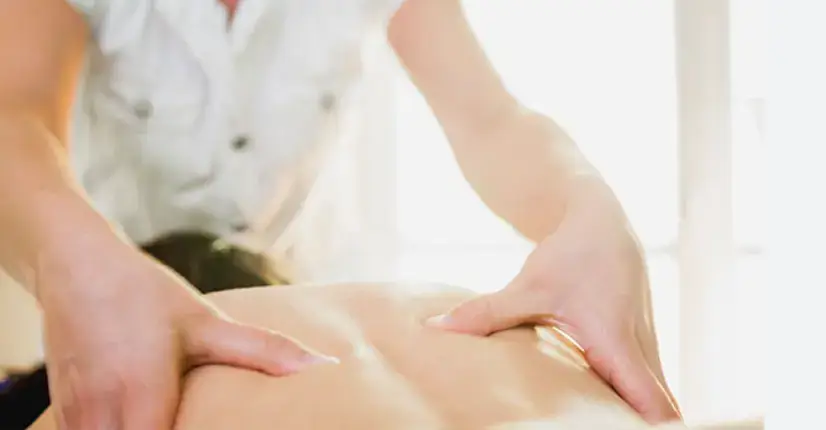The Science Behind How Deep Tissue Massage Helps Relieve Chronic Pain

Research has shown that people who receive a regular deep tissue massage experience significant pain relief and improved quality of life.
Therapists use specific techniques to release knots and adhesions in underlying muscles and fascia. These bands of stiff muscles can negatively impact circulation and cause pain and inflammation.
Reduces Stress and Tension
The body releases stress hormones, cortisol, in particular, when we experience danger. Chronically high cortisol levels can lead to weight gain, poor sleep, and other adverse health effects.
Massage effectively reduces these stress hormones and promotes positive, feel-good hormones like oxytocin and serotonin. Oxytocin is your body’s natural bonding hormone and is known to increase social interaction, while serotonin encourages a sense of happiness and relaxation.
For instance, deep tissue massage techniques with Motion Massage target the deeper muscle tissues and fascia to release knots that can cause pain. It’s an excellent choice for those suffering from chronic pain, such as arthritis, fibromyalgia, and tension headaches.
The lymphatic system is stimulated during a deep tissue massage to help flush out metabolic waste, which can build up after an injury or overuse of a muscle. This waste causes swelling, muscular fatigue, and pain that restricts movement and prevents wounds from healing properly.
Increases Serotonin Levels
Serotonin is a neurotransmitter that helps regulate mood, appetite, and digestion. Its low levels are often linked to depression and anxiety.
One of the many benefits of massage is that it increases serotonin levels in your body. It can also help reduce anxiety and improve your sleep.
Another neurotransmitter that is increased during massage is dopamine. Dopamine is known for its positive effects, including euphoria and sexiness.
It is also a chemical that drugs can trigger and helps increase feelings of pleasure and reward.
Other beneficial neurotransmitters are also released during the massage. These include oxytocin, which is known as the “love” hormone. It is produced during sex and pregnancy and helps support feelings of attachment to yourself, a lover, and a new baby.
Relieves Pain and Stiffness
Deep tissue massage targets muscles, tendons, and other connective tissues that are too tight or knotted to be reached by typical soft-tissue techniques. This therapy can relieve chronic pain and stiffness, including plantar fasciitis, fibromyalgia, and stiff necks.
It can also break up scar tissue that often forms after an injury or surgery. In a study, patients with burn scars reported less pain and itching after a deep-tissue massage.
Besides breaking down the pain-causing muscle knots, deep-tissue massage can relieve inflammation and reduce swelling by increasing blood flow and circulation. This can alleviate pain and tension caused by chronic conditions, such as arthritis.
However, some people may experience bruising or achiness after a deep-tissue massage, mainly when stretches are performed during the treatment. In addition, those who have a history of forming blood clots should not get a deep-tissue massage. They should talk to their doctor before trying this therapy to determine if it is safe.
Improves Circulation
Circulation is an essential part of health, as it ensures the flow of fresh nutrients and oxygen to the different organs in the body.
Unfortunately, poor circulation can lead to many health problems, including fatigue, pain, and organ damage. Massage can help improve circulation by stimulating the blood and lymph vessels.
Deep Tissue Massage is a massage designed to target deeper muscle layers. It is a great way to relieve chronic back pain, stiffness, and other conditions.
However, it can be painful and uncomfortable, so check with your therapist before getting a deep tissue massage. It’s also important to let your therapist know if you have blood clots, as the pressure can dislodge them.
Fortunately, deep-tissue massage can reduce inflammation and swelling and improve circulation. It can also break up scar tissue, which helps with mobility and flexibility. It’s an excellent option for people who have recently undergone surgery or injury, but you should always discuss pain management with your doctor before getting a massage.
